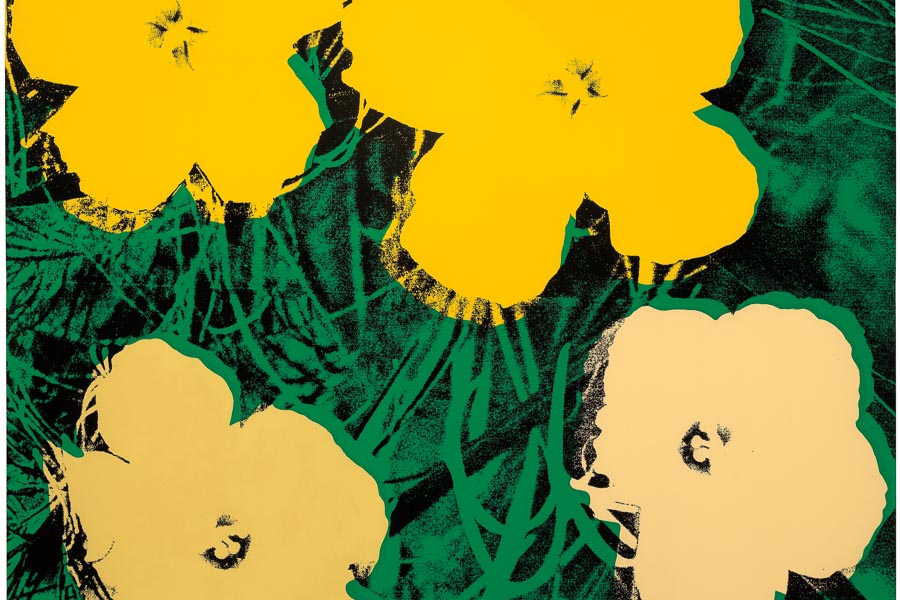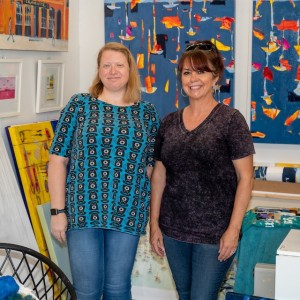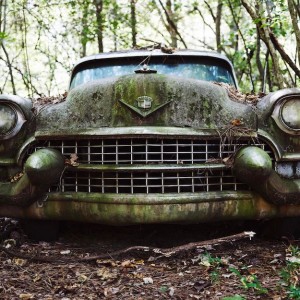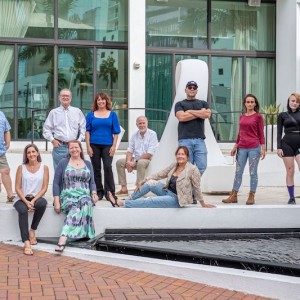Following the success of Mark Chagall's Flowers and the French Riviera: The Color of Dreams, Marie Selby Botanical Gardens continues its Jean and Alfred Goldstein Exhibition Series this coming February with Warhol: Flowers in the Factory. Four 1960s Warhol screenprints of hibiscus will be on display, in addition to two poinsettia prints created in 1983, and, once again, Selby Gardens will transform into a campus-wide exhibition featuring living horticultural displays scattered throughout the grounds, including the glass house conservatory, complementing and complemented by these famous works of art. Just as Chagall demonstrated an affinity for the natural world in his work, so did Warhol, though the eccentric artist is perhaps best known for Campbell Soup cans and commentary on modern celebrity. “Nature is certainly not the first thing that comes to mind when you hear the name Warhol, but nature did influence this artist,” admits Selby Gardens President and CEO Jennifer Rominiecki, before noting Warhol’s time as a young man visiting botanical gardens in Pittsburgh and his later conservation efforts in the Hamptons. “Our hope is for those who visit to be inspired by the importance the natural world plays in all of our lives and to dig a little more beneath the surface to understand this artist.” The pairing comes naturally to Dr. Carol Ockman, curator at large for Selby Gardens, who returns to curate this exhibit after Color of Dreams. “Like the Campbell Soup cans and the portraits of superstars, the Flowers take a popular source, simplify it, then enlarge, print and repeat it mechanically,” she says. “Equally fascinating is to think of the Flowers, and nature more broadly, as a regenerative tonic to the modern world at large.”

ANDY WARHOL: FLOWERS IN THE FACTORY, IMAGERY COURTESY OF MARIE SELBY BOTANICAL GARDENS.










